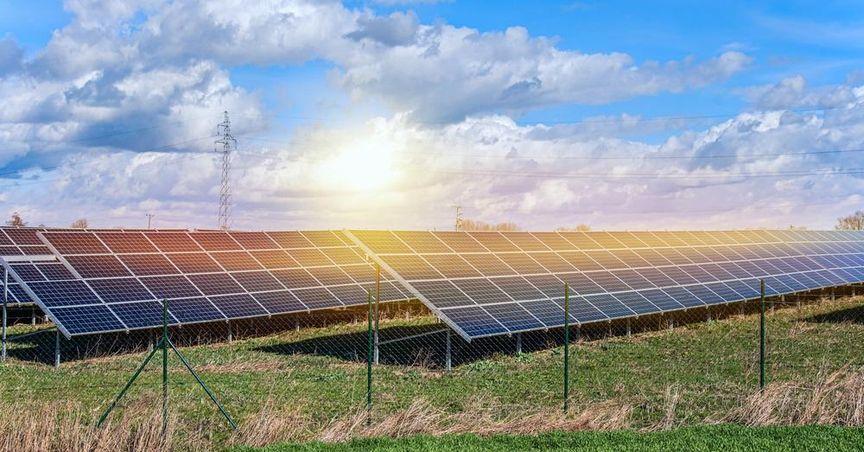Highlights
- Two distinct operational setups in solar power production and management
- Financial data cites higher revenue for SolarBank
- Public sources place SolarBank in a favorable standing
In the solar energy segment of the broader renewable energy market, Alternus Clean Energy (NASDAQ:ALCE) and SolarBank (NASDAQ:SUUN) focus on different areas of project development and ownership. Both operate with the goal of harnessing power from the sun, yet they vary in regional presence, revenue generation, and general reception. Each one seeks to widen its influence in a market driven by the search for more sustainable energy sources. The solar sector features a high level of competition, with numerous providers aiming to scale up capacity in response to growing calls for cleaner electricity options.
Foundations and Scope
Alternus Clean Energy, established in two thousand seventeen by Vincent Browne, pursues large-scale solar parks in both the United States and Europe. Based in New York, it finances, develops, and oversees substantial projects aimed at supplying electricity to utilities. SolarBank, originating in two thousand thirteen and headquartered in Toronto, offers a range of solar-based services. It has behind-the-meter installations for private entities, grid-connected sites for local communities, and expansive utility ventures across Canada and the United States. This breadth of services is structured to address multiple client segments, from smaller businesses to large-scale distribution networks. In both cases, close coordination with local authorities, environmental agencies, and funding partners is key to achieving project milestones.
Approach to Project Development
Alternus Clean Energy concentrates on utility-level infrastructure, focusing on multi-megawatt facilities that contribute power directly to national grids. This approach relies on substantial capital to construct and maintain large parks, often requiring coordination with regional stakeholders. SolarBank devotes resources to various project types, including installations for local communities and private users seeking to lower dependence on traditional energy. This diversified portfolio is designed for flexibility in meeting different market needs, whether small-scale rooftop arrays or larger community projects. In many cases, these endeavors benefit from incentives provided by government programs seeking to boost renewable adoption.
Financial Figures
SolarBank recorded gross revenue exceeding fifty million, surpassing the figure reported by Alternus Clean Energy, which exceeded twenty million. Both companies show net losses, but SolarBank’s earnings per share and revenue margins rank closer to profitable thresholds. Alternus Clean Energy’s financial results reflect a larger shortfall in margins and returns, and this shortfall is part of continuing hurdles. Nevertheless, each entity operates with the aim of expanding capacity while monitoring costs and project timelines. Third-party commentary often tracks the stability of cash flow and capital expenditures in this sector, noting that construction timelines and regulatory requirements can impact overall performance.
Public Reception
Independent data references point to broader awareness and acceptance of SolarBank. Various channels mention the organization’s diversified model as a factor that meets different market segments. Alternus Clean Energy’s focus on large-scale parks appeals to utility partners seeking high-capacity production, though the narrower scope may take longer to reach milestones in certain locations. Both enterprises continue to engage with stakeholders, such as municipalities and energy regulators, to secure favorable contracts and ensure project feasibility.



